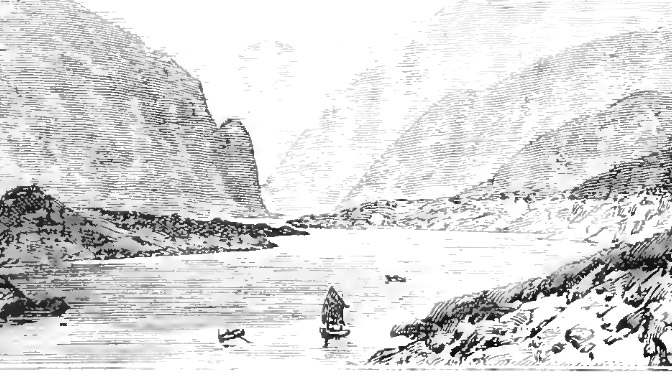<![CDATA[Situated near the little town of Durango, Colorado, is a historical site where a gruesome massacre took place in the 9th century. Also known as Sacred Ridge, this place was first excavated in 2005, and seemed to have had a collection of pithouses in and around communities. Sacred Ridge was a place where a violent and large-scale event took place, and new evidence has shown that the people who died there were also tortured. It was the largest find of its kind in the Southwest United States. Archaeologists found the remains of two pithouses in the vicinity, which were filled with 15000 fragments of human bones crushed to pieces, along with vessels and tools which had human blood and tissue on them. Graduate student in anthropology at the University of Nevada, Anna Osterholtz, was part of the team that discovered that at least 33 people were brutally tortured, then chopped to pieces and burned to ash. She and her team made the gruesome discovery after looking on the feet of the tortured. She found that the ankles of some of the victims were broken, toes crushed or cut off completely, parts of the feet crushed and cut marks on the bone, so much so that the outer layer of some of the bones were peeling off. This find showed evidence that the inhabitants practiced hobbling, which is maiming a person by injuring their feet. She explained that there was trauma on every portion on the bodies, from the top of their heads to the tips of their toes. The feet, however, gave them a much clearer picture as to what was going on, as only torture could explain the injuries sustained to the feet. She went on to say that this type of torture could have been done as an intimidation tactic towards others of the community, and the people who were tortured were picked for a specific purpose. These pithouses were theaters in a way to the public, where the "protagonists" were the aggressors beating their victims ankles with blunt objects and torturing them in many other inhumane ways. Some don't see the way Osterholtz does, however. Some researchers state that based on the cut marks on the bones and the human residue on the tools, it shows signs of cannibalism. Others theorize that the victims were executed as a result of a "witch-hunt", which is a theory that exists for other massacre sites found at other Puebloan settlements. Osterholtz disagreed with these theories, as she says that the amount of bones found and the way they were buried showed evidence of a massacre. Published in the journal Kiva, Osterholtz concluded that power struggles, politics and ritual changes could have been the reason behind these killings. The killers could have been outsiders who came into the community to take control, and the best way they could stamp their authority was by intimidation. Based on carbon dating findings, the massacre may have been one of the last events to take place there. Sacred Ridge was abandoned at around 810 A.D.]]>
New Excavations at Sacred Ridge Tell a Chilling Tale
